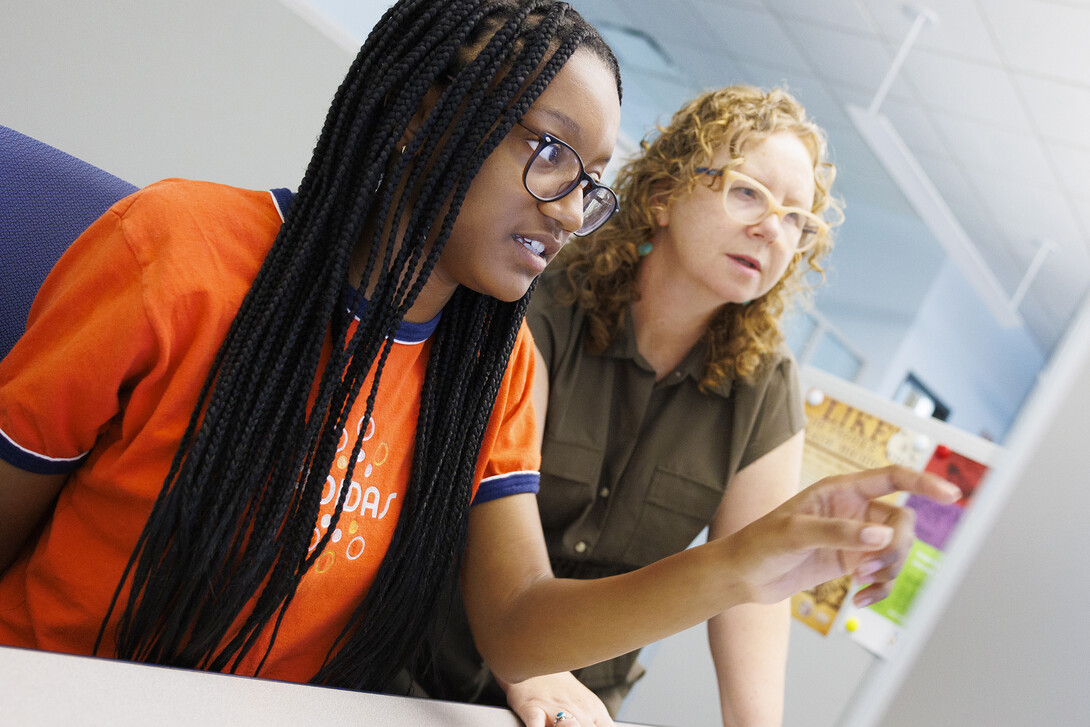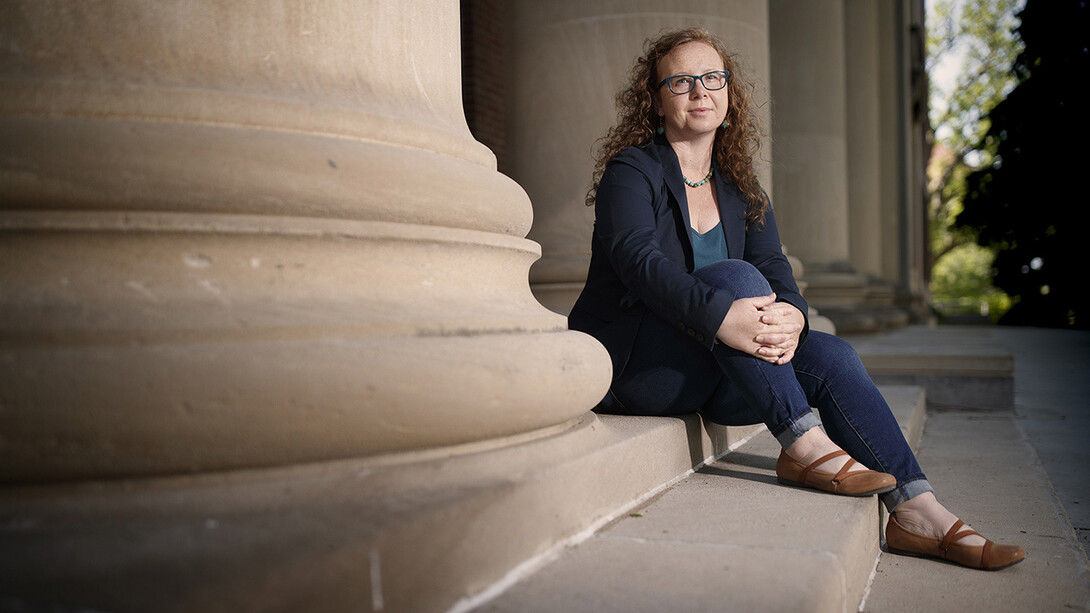
The latest University of Nebraska–Lincoln digital humanities project, “Petitioning for Freedom: Habeas Corpus in the American West,” is now online and invites users to explore how marginalized communities navigated the courts to seek justice.
Katrina Jagodinsky, principal investigator on the project and Susan Rosowski Associate Professor of history, led a special program to officially launch the project’s website at 4 p.m. Sept. 6 in the Gaughan Multicultural Center’s Ubuntu Room.

The project, web-hosted by the Center for Digital Research in the Humanities, is the first of its kind and explores thousands of habeas corpus petitions lodged to challenge coercion and confinement in the states of Arizona, Iowa, Kansas, Missouri, Nebraska, New Mexico, Oregon and Washington. It offers a compelling portrait of marginalized peoples’ legal mobilization and campaigns for racial and social justice.
Users of the portal can search by name, demographic, court, year, location and much more. Jagodinsky said the website was designed for exploratory navigation with a broad range of audiences in mind.
The launch is a culmination of more than a decade of research by Jagodinsky, with the assistance of additional faculty and the team at CDRH. Jagodinsky also mentored student researchers on the project through Nebraska’s UCARE and First Year Research Experience programs, and a three-year Research Experience for Undergraduates program funded by the National Science Foundation. In total, 52 undergraduate and graduate students gained research experience while working on the project, often providing transcription, annotation and historical context to the digitized documents.
As the site is populated with cases, approximately 6,000 records will be available. The documents cover a wide array of cases, from Black petitioners resisting enslavement and Indigenous parents reclaiming their children from boarding schools to Chinese immigrants challenging deportation following the Chinese Exclusion Act of 1882.
Jagodinsky received funding from the National Science Foundation to complete the research.







